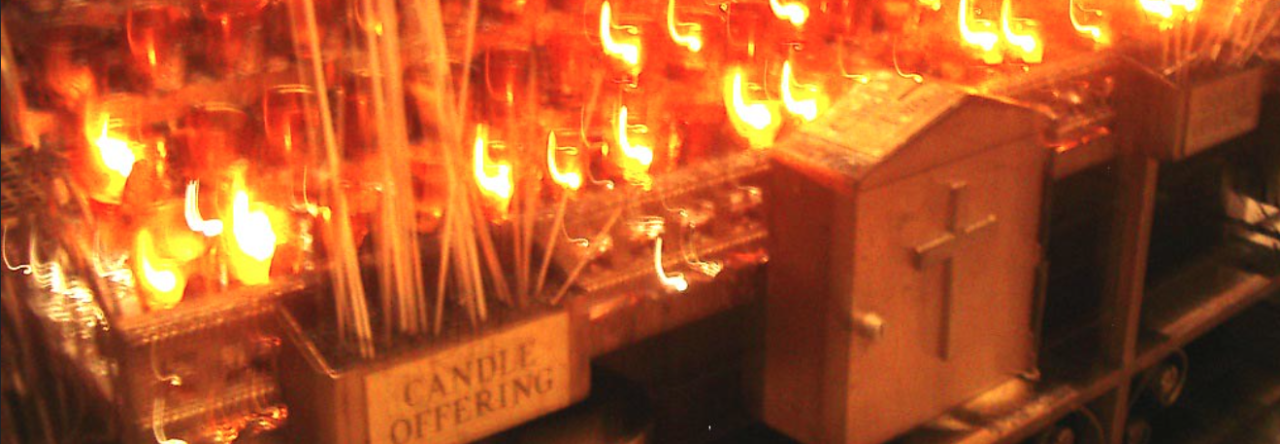The Satanic Panic was a phenomenon largely contained to the 1908s. By looking into horror movie trailers, the intention is to gain insight into how the mass panic over moral depravity and separation from the Christian church impacted the fears we as a culture chose to engage with. Moreover, films that were chosen were among the highest grossing films of their year, so mainstream success is a consideration as well as the production side of the films. The independent variable, the effects of the Satanic Panic, is measured through the changes in depictions of religion, specifically Catholicism and Protestantism in American made horror film trailers, the units of analysis. The dependent variable, which is the depictions of Christianity themselves, are measured in a code book both qualitatively and quantitatively.
What is the effect of the ‘Satanic Panic’ on the portrayal of Christianity among US-made horror film trailers produced during the 1970s versus the 1990s?
Definitions and Variables
There are a few terms that must be clearly defined for this project to have an understandable and cohesive message. The definitions of horror as a genre and Protestant and Catholic imagery mirror those used in my honors thesis. Additionally, I will note here that the words film, cinema, and movie will be used interchangeably throughout this project.
The phrase Satanic Panic is a part of the common vernacular, but does not hold a strong definition within our culture and rather means something different to most who hear it. At risk of over-generalizing or forcing homogeny onto a complex time in history, it is necessary to have a time frame in which this project considers the Satanic Panic to have occurred, as this is the independent variable of this project. As discussed in the introduction, despite causing long lasting effects, the central events of the Satanic Panic were localized to the 1980s, and so the years of 1980 through 1989 will be considered the span of the Satanic Panic within this project.

Horror as a genre, the vehicle in which the dependent variable exists, is also difficult to define. Unlike other genres, the fates of the characters and the sequence of events are less predestined; for instance, while the the ending of a horror film may not have the protagonist walk out alive, or may have a twist as to who the villain’s identity, it would be far less common for a romantic comedy to have any ending other than the main couple living happily ever after. Many have categorized the genre by audience reactions it seeks to evoke, such as fear, shock, and revulsion (Kuhn and Westwell 2012; Wood 1986:70). This provides the understanding of the horror experience a filmmaker may be attempting to convey. Horror as a genre is understood in this project to include films that were marketed and were accepted by audiences as horror under this classification.

Finally, the dependent variable of portrayal of Christianity is recognized in a manner that acknowledges all objects, images, symbols and activities that may be associated with Christianity. Though Catholicism does have a very high amount of representation within the horror genre, films considered in this project are not limited to only Catholicism. Imagery will include both the history of Catholic and Protestant tradition and also liturgy as well, including but not limited to services/masses/meetings, funeral and wedding ceremonies, first baptism and communion ceremonies, tithing, and penance/confessional. Forces of evil that are canon to the Bible or otherwise are commonly found in Christian tradition, such as more fire-and-brimstone imagery, are considered under the umbrella of Christian imagery. The Demonic or evil imagery have been coded separately as they serve such different roles in the films.
